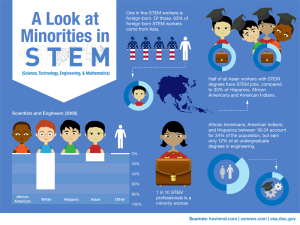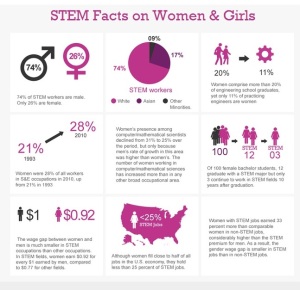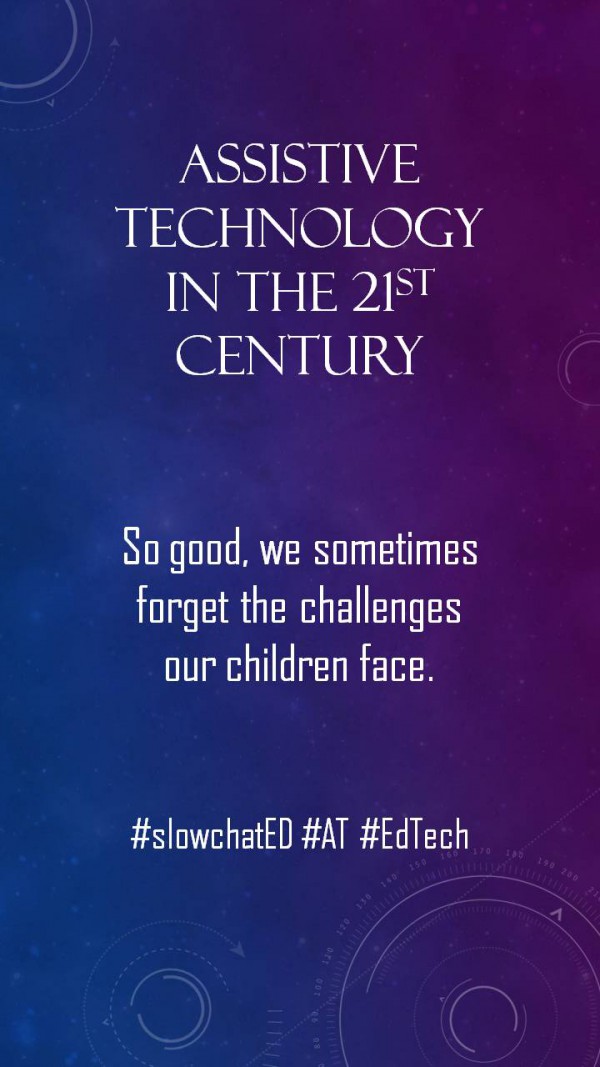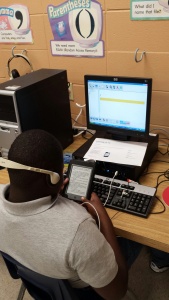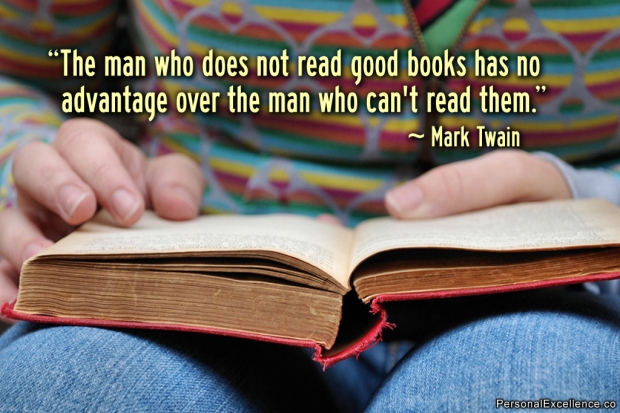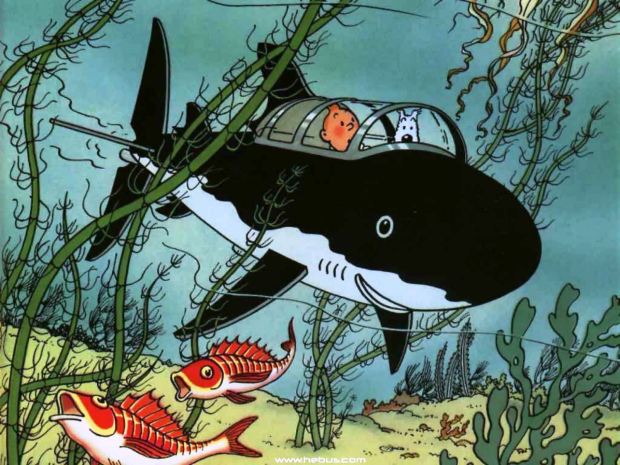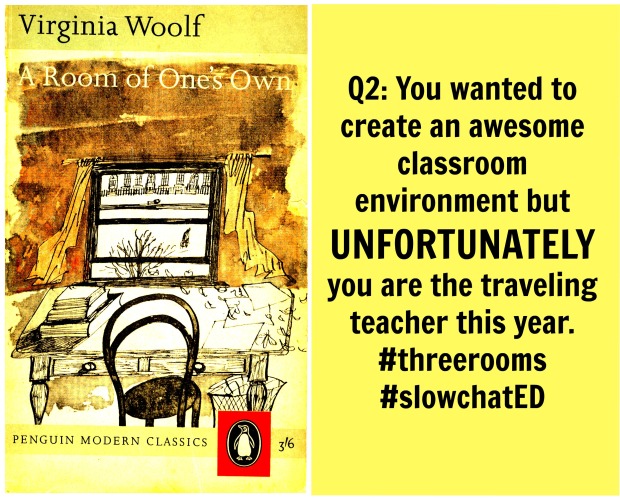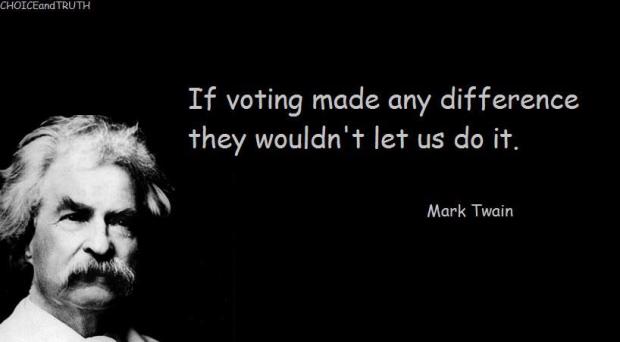This post is cross-posted on the slowchated blog. This week’s #slowchated will focus on JOY in education. To participate in this week-long one-question-per-day chat, you can jump in here –> #slowchated
It is the supreme art of the teacher to awaken joy in creative expression and knowledge.
~ Albert Einstein
Oh, Albert. Such a smart cookie you were. I would take Albert’s statement just a bit further in adding that the act of awakening joy in others brings joy to the awakener as well. It is utterly and beautifully cyclical. How lucky are we educators to have this honor? Helping a student find joy in learning, is one of the best feelings I know. 
One thing that I know I forget far to often (my husband and children can vouch for this) is that it’s important to experience joy away from one’s job. For every ounce of joy I experience in the classroom comes an ounce (or more) of frustration (usually due to some layer of bureaucracy). Doing the things you love and spending time with people who bring you joy outside of your school provides a balance that is vital for preserving one’s career … and sanity. So …
… Q1: What brings you joy outside your classroom/school?
How often do we make a conscious effort to focus on the joy of teaching and learning? How often do we remind ourselves that learning should bring the learner joy? How often do we design learning with joy in mind? It’s hard because of the demands of people and entities outside the classroom constantly clamoring for our attention. Despite those demands, the classroom should be a place of learning and joy. I would even go so far as to argue that in order for learning to take place, there must be some element of joy involved–or maybe more accurately, learning will be more likely to occur of there is joy in the process. This is not a scientific fact; it is merely based on 15 years of working in the trenches of public education. This brings us to …
… Q2: What brings you joy in the classroom or school where you work?
[Kids] don’t remember what you try to teach them. They remember what you are.
~ Jim Henson
What do you share with your students? Are you a real person to them, or are you the person who they believe keeps a cot in the closet and lives at school? We need to humanize ourselves to our students. It’s part of the give-and-take of relationship-building. If you want to understand your students, you need to know them, and in order for them to trust you, you need to reveal who you are to them.
I’m not suggesting you need to share every detail of your life, but how about sharing that you raise chickens? or paint watercolor portraits of your friends’ pets? or that you climbed a mountain last summer? or that you cross stitch pop culture icons in your spare time? or that you collect dolphin figurines? or that you love to sit in a hammock and read book after book all summer long? or that your great-grandpa was an Arabian prince? or that your dog died and that it makes you sad? or that when you see a snake or a turtle in the middle of the rode that you stop and move it to the ditch so it doesn’t get run over? or that you are an alien from outer space just trying to fit in? (There was a teacher at my elementary school who told her kids this. She never ever denied it. In fact, part of me still wonders …)
Why not share those things with your students? Every teacher will have a different comfort level regarding what s/he does and does not share, but share something. When you share, your students will usually share in return or be one step closer to sharing. Dr. Gary Stager says that being an interesting adult is one of the best things we can do for our students. I agree with him and I strive to be a weirdo for my students every day!
This is the perfect intro to Q3: What are some ways we can share our personal joys (and passions) with our students?  What teachers do in the classroom can affect a child for life. That’s one of the reasons why our profession is so totally rad, but also so totally scary. When a student walks into my classroom, I set the tone in my instruction, in my reactions, and in my expression of learning. It’s not always easy! It’s easy for students (who often seem surprised to see us at the mall or in a grocery story) to forget that we are human too and humans have off or bad days, so I need to ask … Q4: When you are having a bad day, what can/do you do to set a positive tone in the classroom? HOMEWORK: Think of some images that represent joy to you & have them at the ready for tomorrow We are a visually driven culture, so let’s talk about Q5 (which is not really a question): Share some images of what joy looks like to you (inside or outside the classroom/school). Look at all this joy!
What teachers do in the classroom can affect a child for life. That’s one of the reasons why our profession is so totally rad, but also so totally scary. When a student walks into my classroom, I set the tone in my instruction, in my reactions, and in my expression of learning. It’s not always easy! It’s easy for students (who often seem surprised to see us at the mall or in a grocery story) to forget that we are human too and humans have off or bad days, so I need to ask … Q4: When you are having a bad day, what can/do you do to set a positive tone in the classroom? HOMEWORK: Think of some images that represent joy to you & have them at the ready for tomorrow We are a visually driven culture, so let’s talk about Q5 (which is not really a question): Share some images of what joy looks like to you (inside or outside the classroom/school). Look at all this joy!
@morgetron #slowchated Q5 Classroom Joy: discovering another fish inside the fish you dissect. pic.twitter.com/LJDRkEAhDz
— Megan K (@33megan33) May 22, 2015
@morgetron #slowchated Q5 Outside Classroom Joy: Being a dirt-eating puppy. pic.twitter.com/FLabmtIscY
— Megan K (@33megan33) May 22, 2015
A5: board notes curating our chats about stuff in class #slowchated pic.twitter.com/dAJUrg2FvD
— Jay Nickerson (@doodlinmunkyboy) May 22, 2015
A5: Fam Jams! Hanging with the Meddling Kids is the great recharge! #slowchated pic.twitter.com/1n9uk95C31
— Jay Nickerson (@doodlinmunkyboy) May 22, 2015
A5: outside of the box projects…a lyrical analysis of Whiskey River #slowchated pic.twitter.com/qoDJ4892js
— Jay Nickerson (@doodlinmunkyboy) May 22, 2015
Q5 –> pure JOY, personified –> #slowchated photo credz @athayer #Gr82baTrojan pic.twitter.com/pVEjApwICR
— Jodie Morgenson (@morgetron) May 22, 2015
A5: Ice cream date with the youngest Meddling Kid is pure joy! #slowchated pic.twitter.com/JhRSBiB3RR
— Jay Nickerson (@doodlinmunkyboy) May 22, 2015
A5: when Seniors compliment you on what you’re teaching the younglings… #slowchated pic.twitter.com/ugrWbX0V3w
— Jay Nickerson (@doodlinmunkyboy) May 22, 2015
A5: My students thought it would be fun(ny) to throw a birthday party for me…four months late. #slowchated pic.twitter.com/UpkAmwNkTV
— Peter Strawn (@strawn_ed) May 23, 2015
 Q6, the final question of the week asked: If you could send one message of joy to your students, what would it be?
Q6, the final question of the week asked: If you could send one message of joy to your students, what would it be?
You responded with …
A6 Love of learning = joy in discovery. Follow your curiosity & passion, discover what is beautiful and true. #slowchated
— Michelle Davies (@LovesSummerSun) May 23, 2015
A6: No matter what you think now or how people make you feel, you have the potential to become anything and you have my support. #slowchated
— David M. Dutrow (@TeachDMD) May 23, 2015
How joyful!
My wish for all educators who read this is that you always remember how much fun and joyful learning can be and that you do what you can, when you can to ensure that your students have a joyful experience in a place that can set the tone for an entire year of their life and potentially for their whole entire lives!


